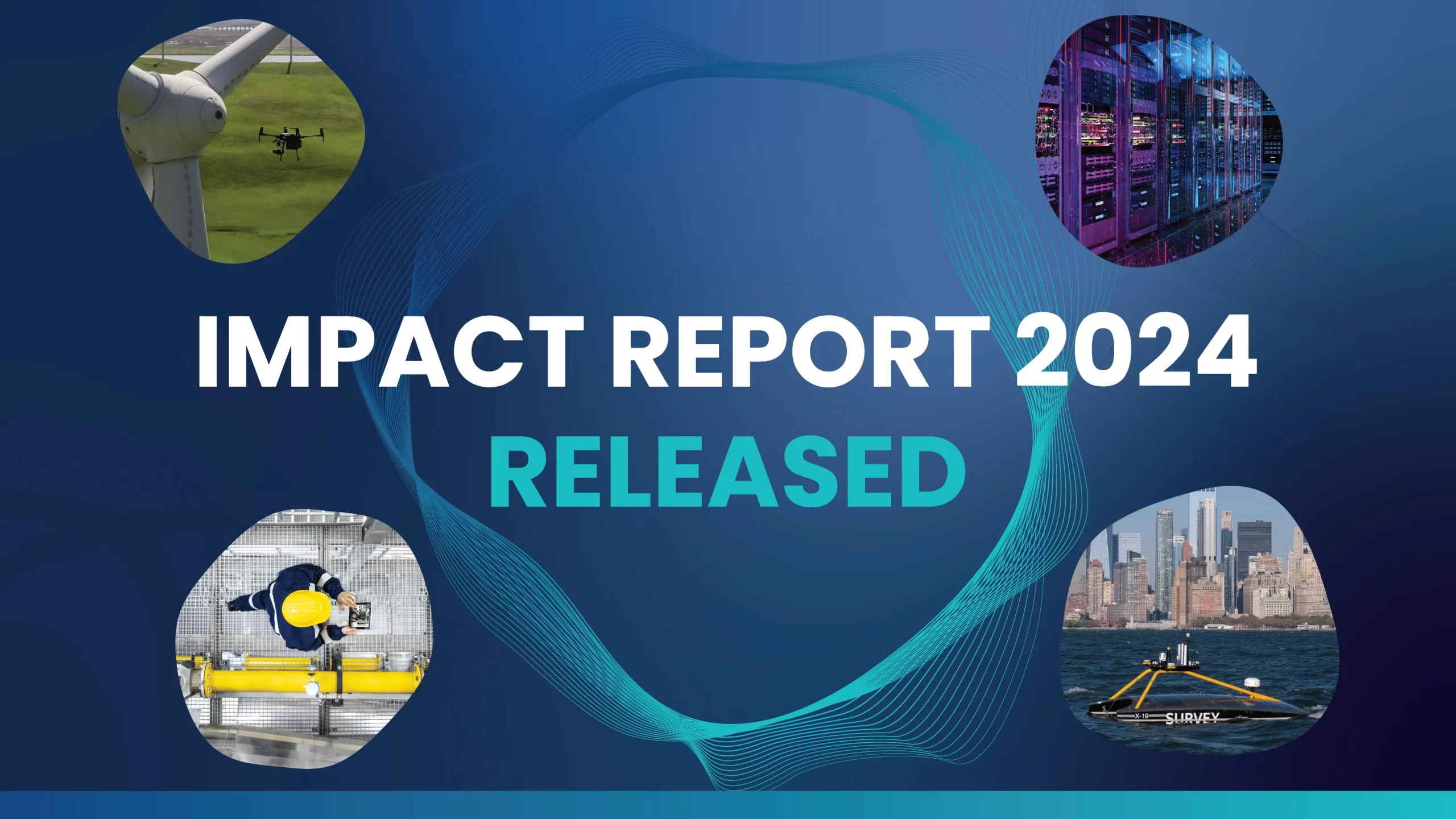

Doing more with what we already have: increased energy efficiency and resource recycling can keep the world’s focus on tackling climate change at a time when we urgently need to strengthen energy security.

The current fuel supply crisis, resulting from the Russian invasion of Ukraine and the Covid-19 pandemic, can become a catalyst for a faster transition to a lower carbon future – if we look for ways to reduce the waste in the current ecosystem.
Since the start of the Ukraine war in late February, the risk of the crisis derailing immediate meaningful action on climate has increased. There have been repeated calls for more energy now and alternate sources in the longer term to address the supply gap. But there is a shorter-term solution: to harness the “wasted energy” in today’s ecosystem, be it in energy production, transport, industrials, food or elsewhere.
Sankey diagrams for the U.S. and the world show that as much as two-thirds of primary energy is “unused” or “rejected”, and when we add consumer waste, the real number becomes even higher. If we harness this energy and use it, we could make progress on both energy security and emissions reduction.
This idea is not new. Most major models to achieve 1.5 °C or 2 °C climate objectives anticipate substantial improvements in energy efficiency. The IEA’s pathway to net-zero emissions by 2050 envisages energy efficiency improvements cutting global CO₂ emissions by 13bn tonnes this decade, second only to wind and solar in terms of the scale of reductions. In other words, if countries expect to achieve their nationally determined contributions to climate, they need to increase efficiency.
So far, the widespread acceptance of the need to reduce energy waste has not translated into meaningful steps, but the reluctance stems from the lack of incentives and focus rather than lack of technology or tools. In recent years, many parts of the world have had an abundance of cheap energy. This has resulted in low value for the wasted energy, and the private sector has therefore not prioritised investing in energy efficiency. The lack of policies and regulations focused on increased efficiency in many countries also plays a role. In some cases, things have even moved backward, as the U.S. automotive efficiency expectations did in 2020 with SAFE standards.
The good news is that addressing wasted energy is a cost-effective route to emissions reduction – for countries, industries and people.
A recent analysis of an Asian country’s power grid estimated that a 5% increase in efficiency would result in savings of $60bn and around 70mn tonnes per annum CO₂ emissions. The IEA’s 10-Point plan to reduce the European Union’s reliance on Russian natural gas lists upgrading the efficiency of homes and other buildings among the key steps to lower consumer costs, fuel imports and emissions.
To fix the problem of wasted energy, we need a combination of clear messaging and financial incentives for consumers along with policies and regulations for the industrial ecosystem. We have seen a number of politicians and thought leaders address this issue recently and there are some great ideas floating around, but they are still positioned at a macroeconomic level.
Most policymakers have been wary of asking people to change their consumption habits and behaviour, because such a call can prove to be socially unpopular, as history shows. We need to drive the messaging on personal efficiency to something that will resonate with individuals, to clearly articulate the value such savings can bring to their daily life.
For us at OGCI Climate Investment, energy and resource efficiency is a key theme of our investments. We have invested in technologies and projects that reduce raw material and energy consumption, energy waste in oil and gas and industrial operations, cement and steel production, shipping and heavy duty transport, and commercial buildings. All of these technologies are available today and seek to reduce emissions and costs at the same time.
Climate action and energy security can, and should, go hand-in-hand.
